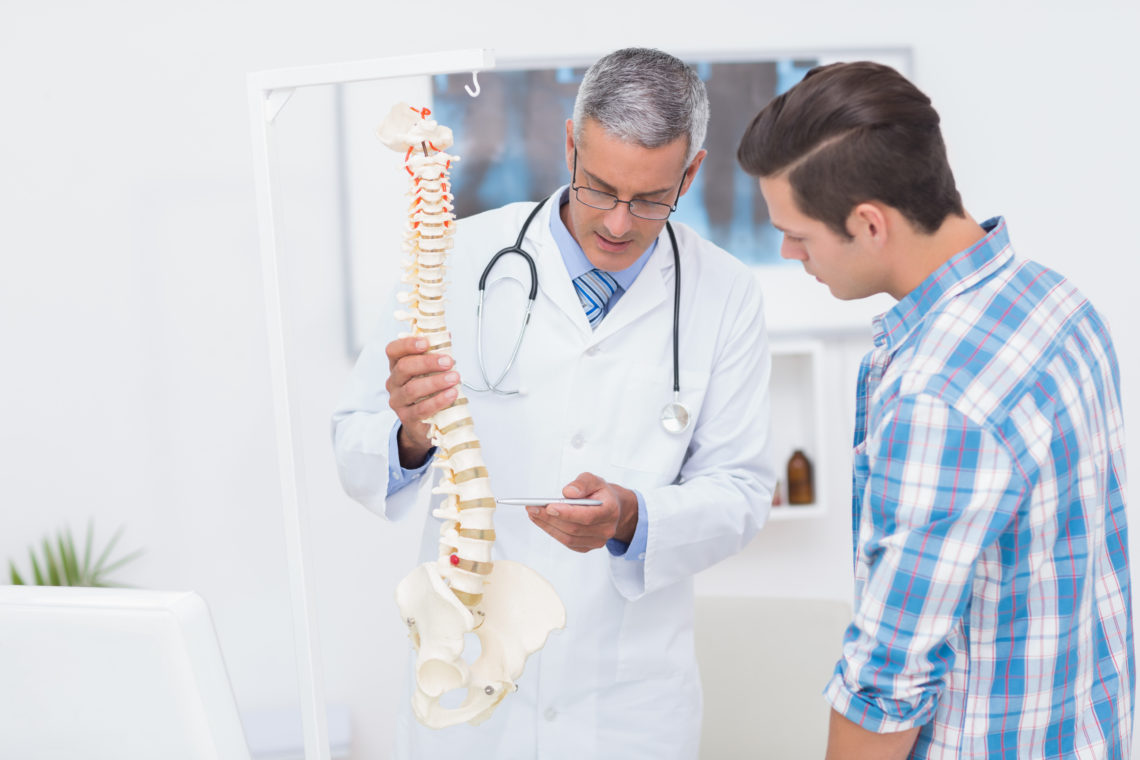The upper and middle back pain often arises from the thoracic spine and is composed of the 12 vertebrae; the bones attached to your rib cage, the spongy disc, which serves as the shock absorber move, the muscles, and the ligaments that hold the spine together. The upper and middle back’s primary function is to work with the ribs in protecting vital organs such as the lungs and heart and help keep the body stable.
What are the causes of upper and middle back pain?
Sometimes when the muscles and ligaments in the thoracic spine are injured and strained, upper and middle back pain may become present. The pain could be felt anywhere from the neck’s base down to the rib cage’s bottom. The pain can range from aching, dull, sharp, or burning. Other causes of upper and middle back pain include:
- Poor posture
- Injured ligaments and vertebrae
- Muscle strain
- Pinched nerve
- Herniated disc
- Osteoarthritis
- Myofascial pain syndrome
While upper and middle back pain can affect anyone, some individuals are at higher risk of the condition. These are:
- Individuals who are 30 years old and over
- Individuals with unproportionate body — more muscles in the upper body than in the lower limbs
- Overweight individuals
- Individuals who smoke
- Pregnant women
How is upper and middle back pain diagnosed and treated?
During your consultation, Dr. Purvez will ask you about your medical history, the symptoms you experience, how often you feel them, your work history, and the physical activities you usually do. You may be required for a physical examination, such as an X-ray or an MRI, to determine the cause of the pain.
The treatment of upper and middle back pain depends on what causes it. For mild pain, over-the-counter pain medications and muscle relaxants may provide relief. Home remedies that can help manage upper and middle back pain include the following:
- Rest – when the muscles are overused, it can result in pain. When you feel upper and middle back pain, it might be your body telling you to take a break and rest.
- Heating pad or ice pack – the heating pad’s heat can help relax the strained muscles, thus reducing pain. On the other hand, the coldness from the ice pack can also reduce swelling and inflammation.
- Lifestyle change – slouching when sitting or standing puts pressure on the back which results in pain. Stress is also believed to cause upper and middle back pain. Reducing stress through relaxation and meditation can help manage pain in the thoracic spine.
- Exercise – stretching exercises are proven to relieve upper and middle back pain by strengthening the back area muscles. Press-up exercise, corner stretch, and arm and leg raise can help relieve upper and middle back pain.
However, if none of the above mentioned offers relief to your upper and middle back pain and the pain has started to disrupt your day-to-day activities, then it is best to seek your doctor’s attention for the best treatment for your needs.




